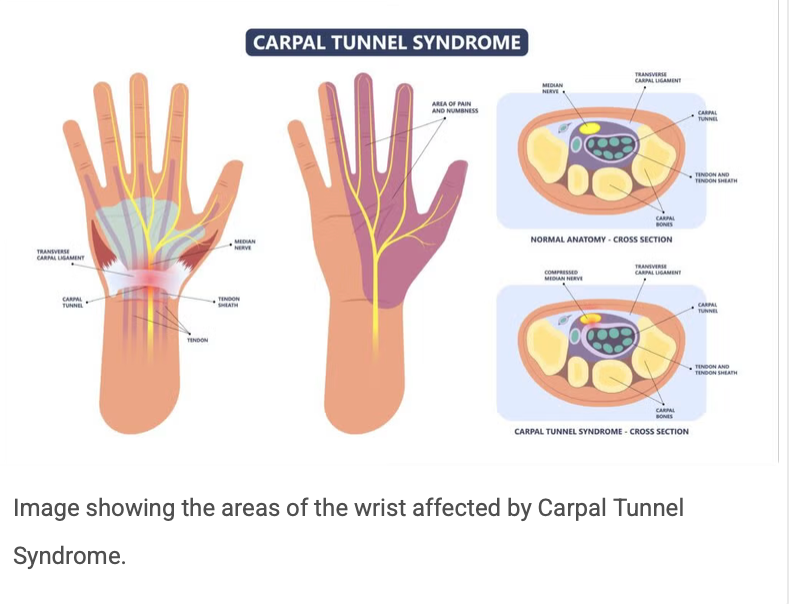What is a PTA?
- Elizabeth Olley
- Sep 12, 2023
- 2 min read
Updated: Sep 17, 2025
What is the difference between a PT and a PTA?
“PT” stands for “Physical Therapist” and “PTA” stands for “Physical Therapist Assistant.” While the names sound similar, there are a few differences between the two professions.
A PT is responsible for conducting initial evaluations and creating an initial plan of care for the patient. A plan of care is an outline of a patient’s treatment plan that is individualized to that patient’s health condition and care needs. This plan of care outlines any goals the patient wishes to accomplish in therapy along with the recommended frequency and duration that the patient will perform therapy. Once this plan of care is established after the initial evaluation, a patient then attends treatment sessions that follow this plan of care.
While a PTA does not conduct initial evaluations to establish a plan of care, a PTA’s job is to work in conjunction with the PT to lead these treatment sessions in accordance with the patient’s established care plan. A patient will either see a PT or a PTA for a typical treatment session, as a PTA and a PT are both qualified to perform individualized treatment sessions that help progress the patient towards achieving his or her therapy goals.
After several treatment sessions, it is time to reassess the patient in order to determine what progress has been made towards his or her therapy goals. When it is time for this reassessment, a PT will perform standardized tests and measures to determine any objective and quantifiable progress that the patient has made. From this information, the PT is able to adjust the patient’s goals or the patient’s plan of care if needed.
The PTA and the PT work as a team to progress a patient’s functional mobility. While there are a few differences between the two, the responsibilities of these professions overlap, allowing the two to collaborate and provide the best possible care for the patient.





Comments